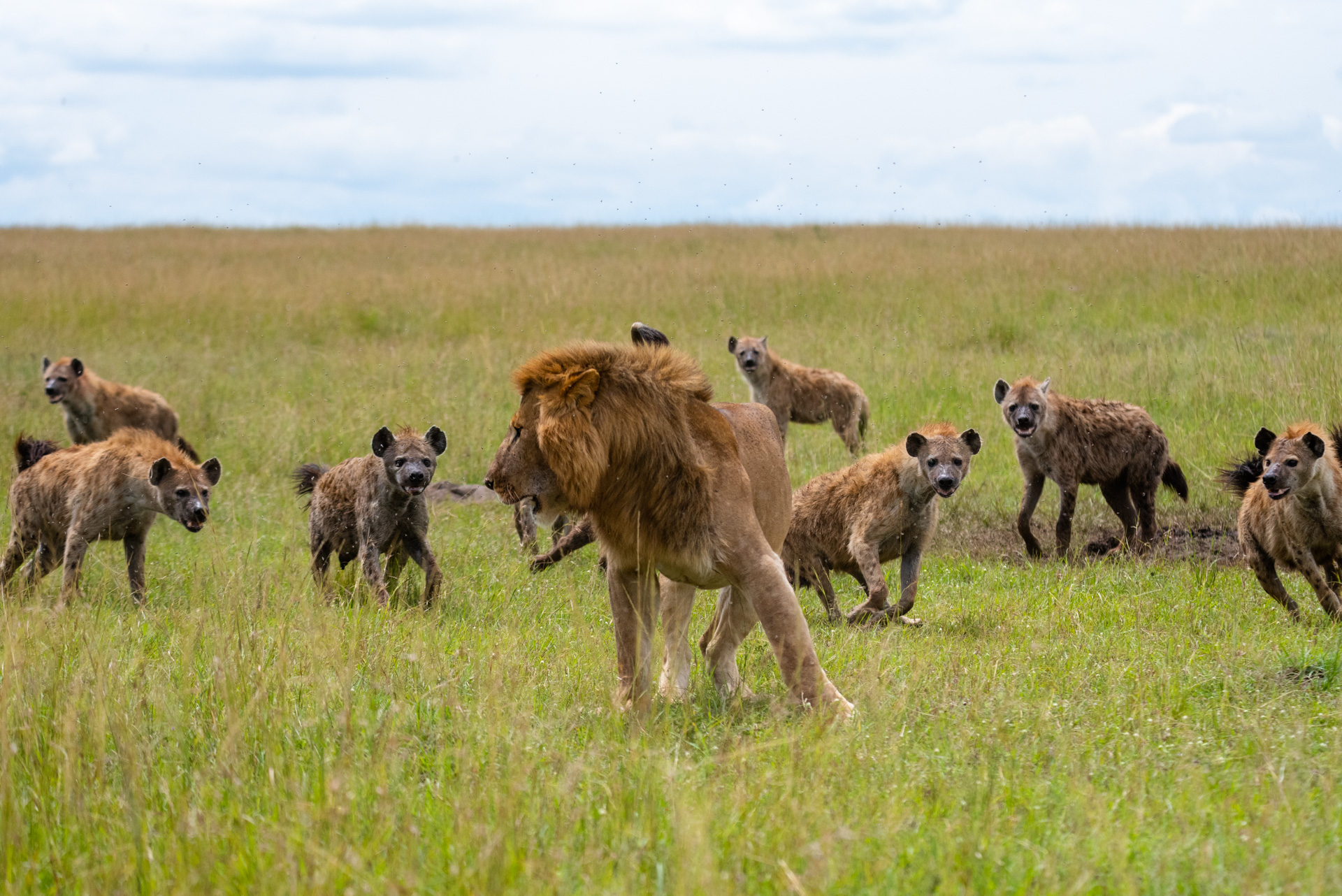
With abundant rainfall in the Mara, the landscape has transformed into a display of vibrant colours, so beautiful that sometimes you think you’re staring at a painting. This week has been particularly remarkable, with breathtaking sightings and dramatic storms that were awe-inspiring to capture on camera. Nature has truly put on a spectacular display as it so often does in the Mara.
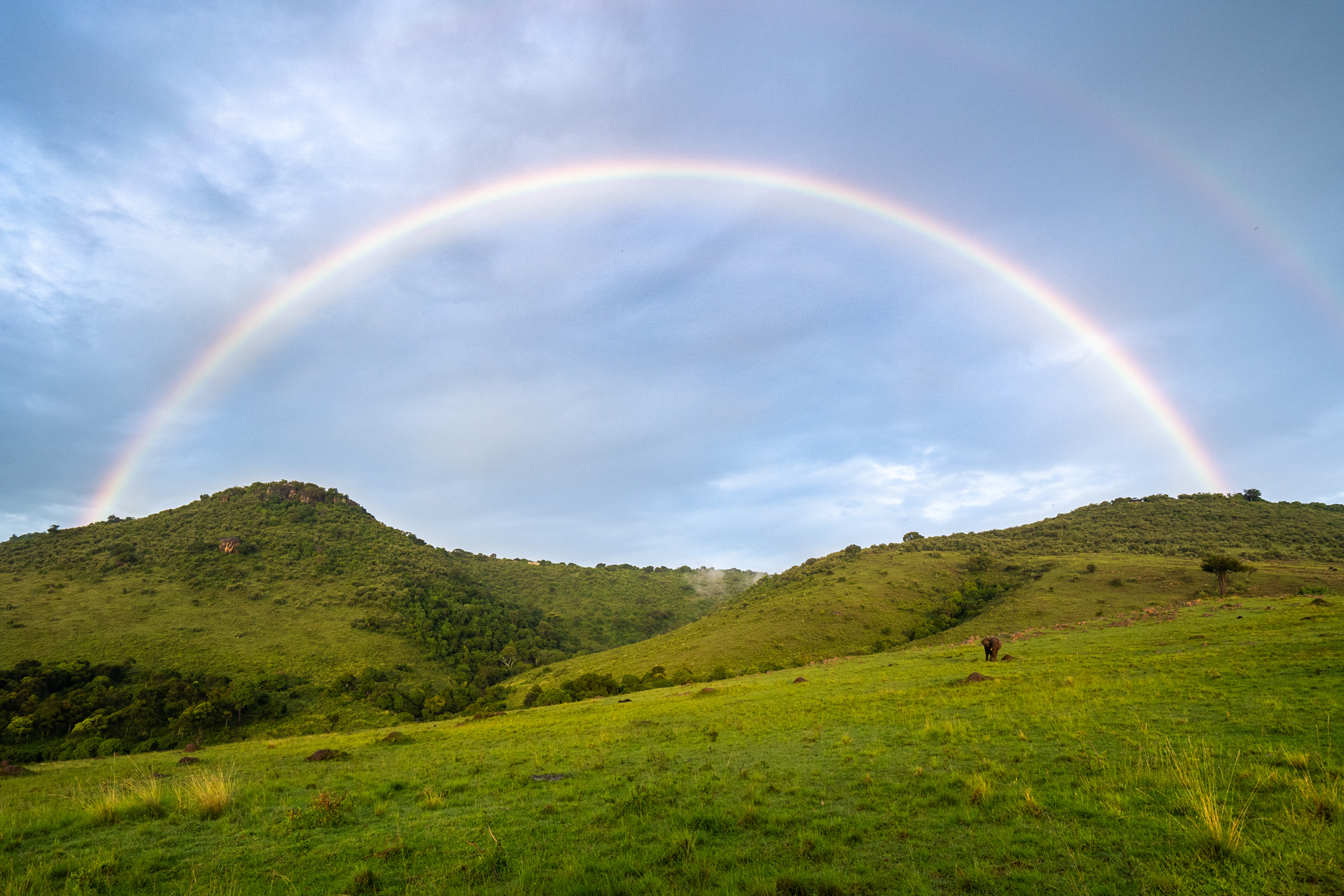
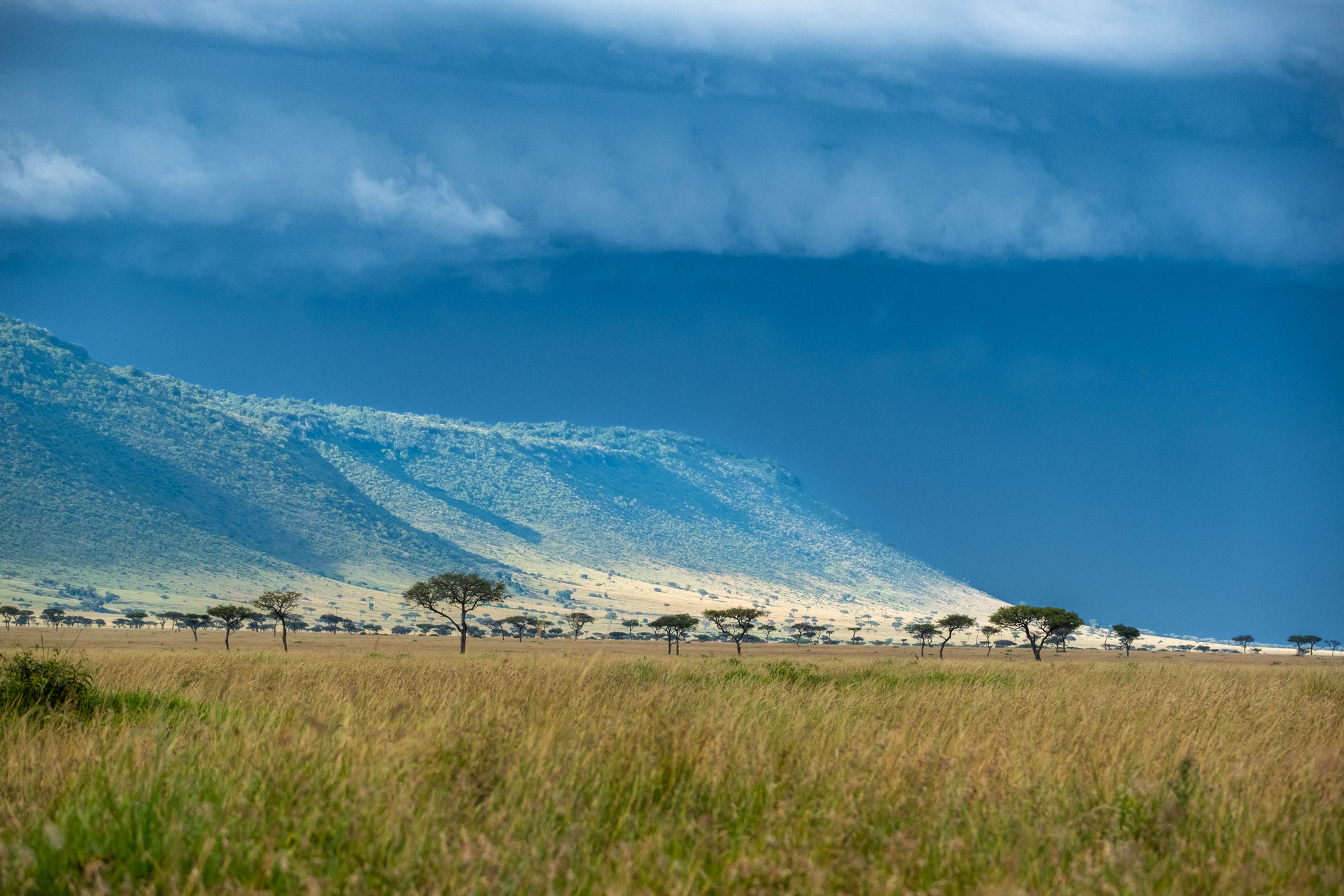
One day, despite the morning showers, we embarked on a drive through the wild plains of the Triangle. It's hard to predict what nature has in store for you but that's part of the thrill. Our interest was piqued when the radio chatter mentioned a possible cat sighting near Kichwa Tembo Airstrip. Without wasting a moment we headed there hoping to witness some action.
As we arrived, we saw the River Pride — a group of majestic lions — strolling towards the river, bathed in the warm morning light. At first glance, they looked like a small herd of sheep but upon closer inspection, we counted 13 lions including five adult females. Their eyes were fixed on a nearby buffalo which was still snoozing, unaware of the impending danger.
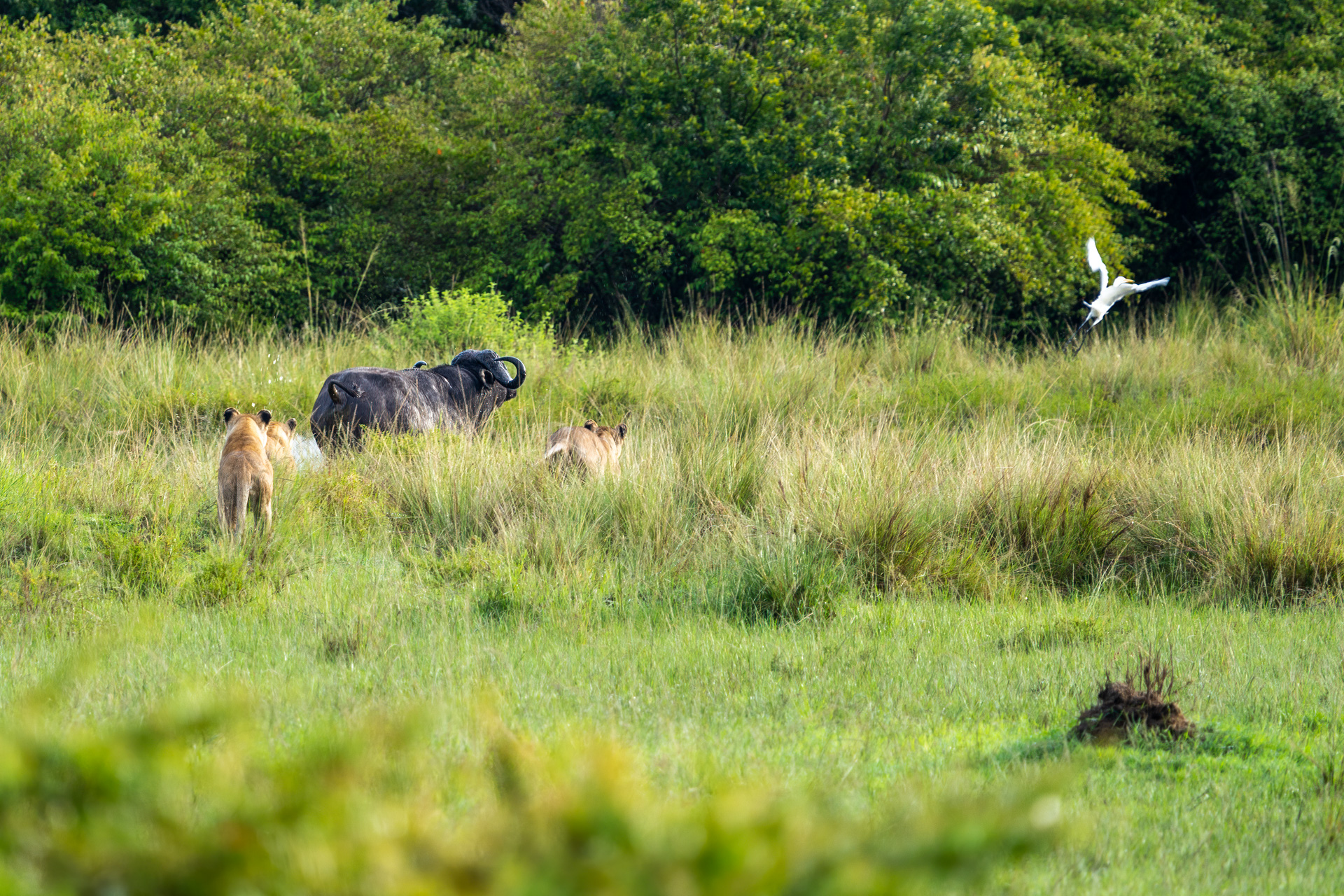
We watched eagerly as the adult females began to stalk the buffalo, moving stealthily, their backs crouched. The hunt was on! Buffalos are known to defend themselves fiercely and this one was no different. As the pride circled around it, the buffalo quickly calculated the best escape route. With its sharp horns, the buffalo mock-charged one of the lionesses, causing her to retreat. The buffalo then turned in the opposite direction and sprinted toward the river.
In a matter of seconds, the buffalo had crossed leaving the lions soaking wet behind, not keen on a morning swim. It was a lucky escape for the buffalo and we were left in awe of the incredible display of survival instincts from both the predator and prey. Despite the seriousness of the situation, the young members of the pride were casually playing in the marsh.
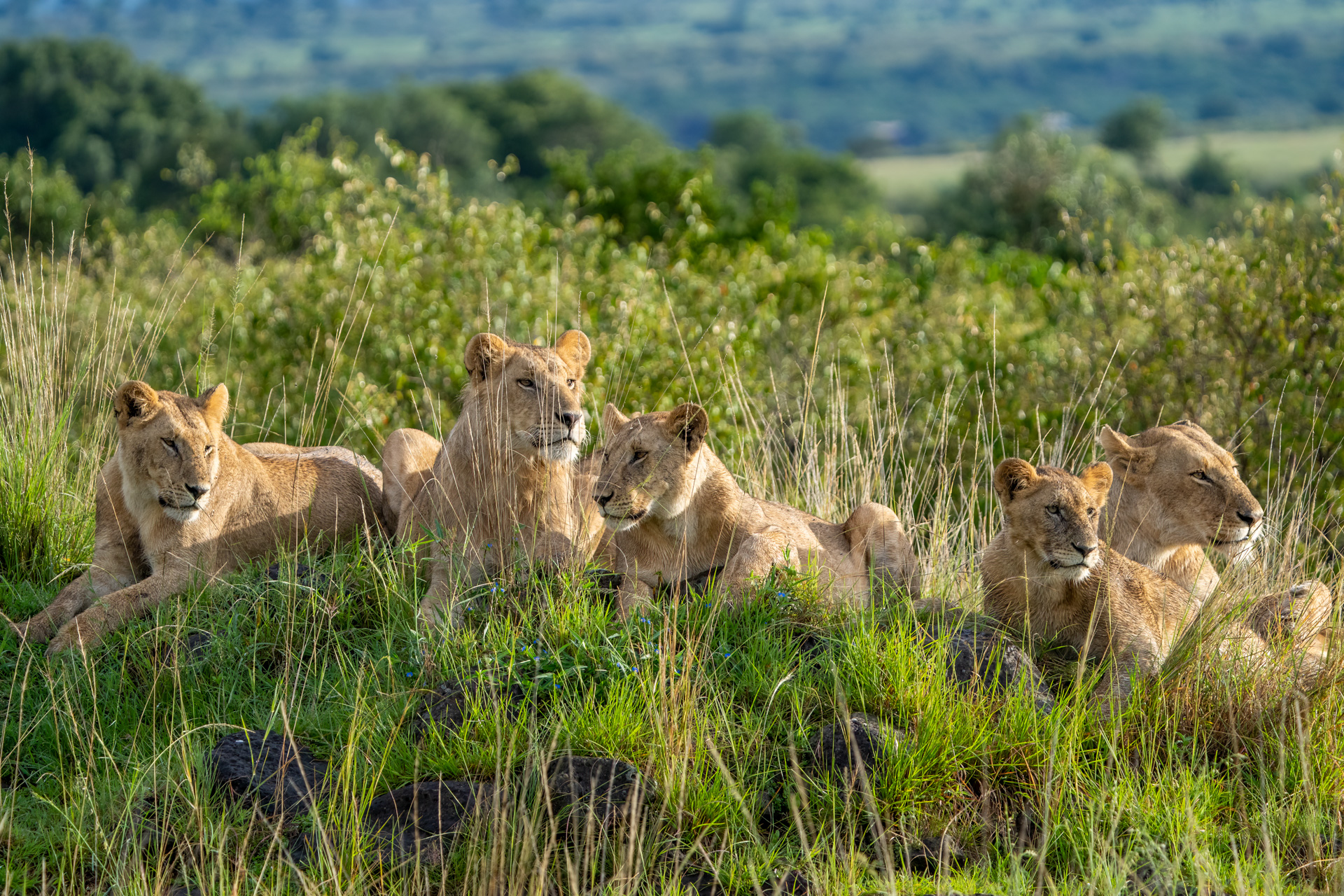
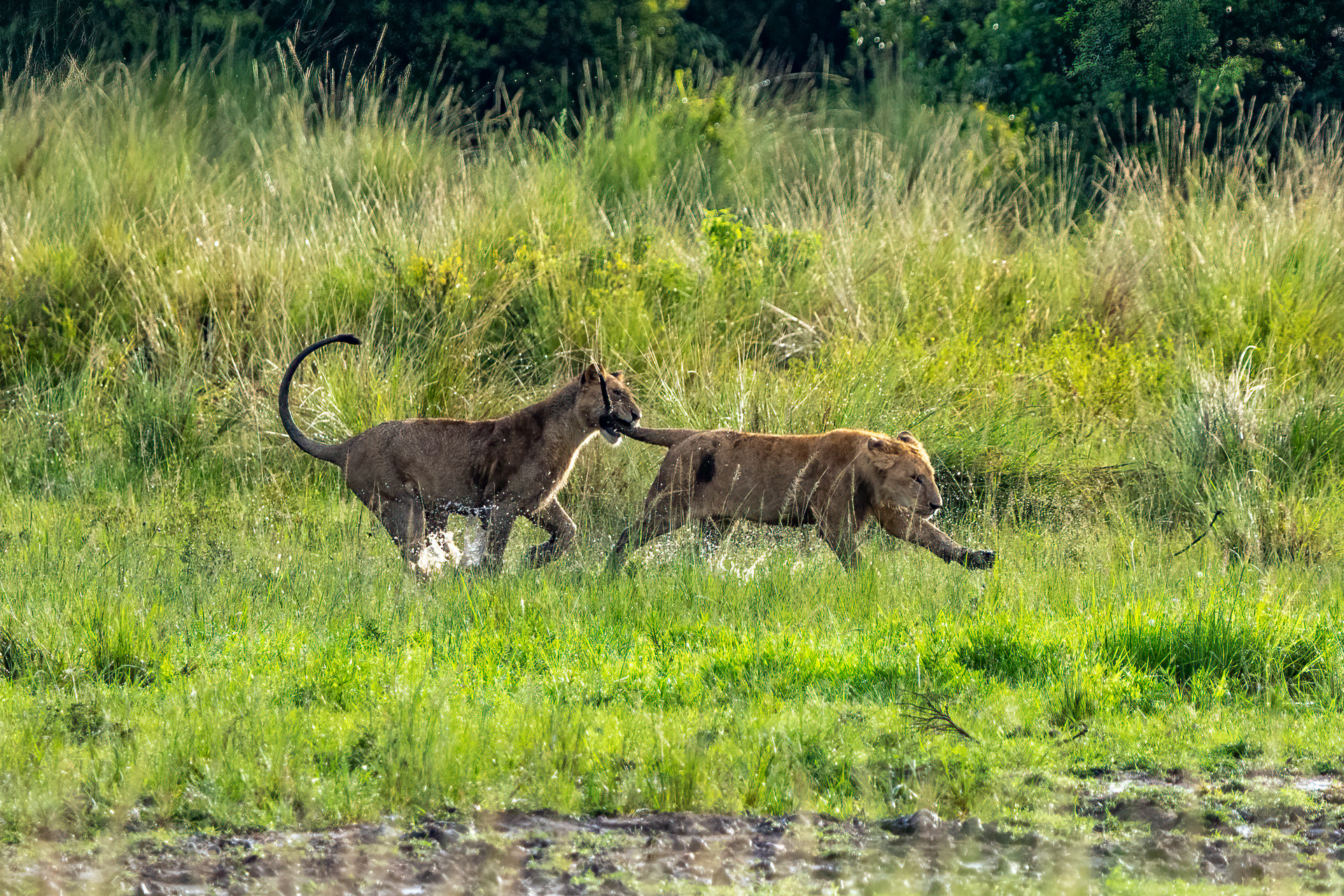
Shujaa, the iconic leopard whose name means 'hero' in Swahili, has been making headlines this week with his impressive hunting skills. During one sighting, Angama guide Wilson spotted him with an impala kill hoisted up a tree. He had only fed on a small amount before he made a rookie mistake and dropped the meal. As you would guess, the clean-up crew was patiently waiting and the meat came raining. By the time he climbed down the tree to defend his meal, the hyenas had already torn it into pieces moving it into a nearby stream.
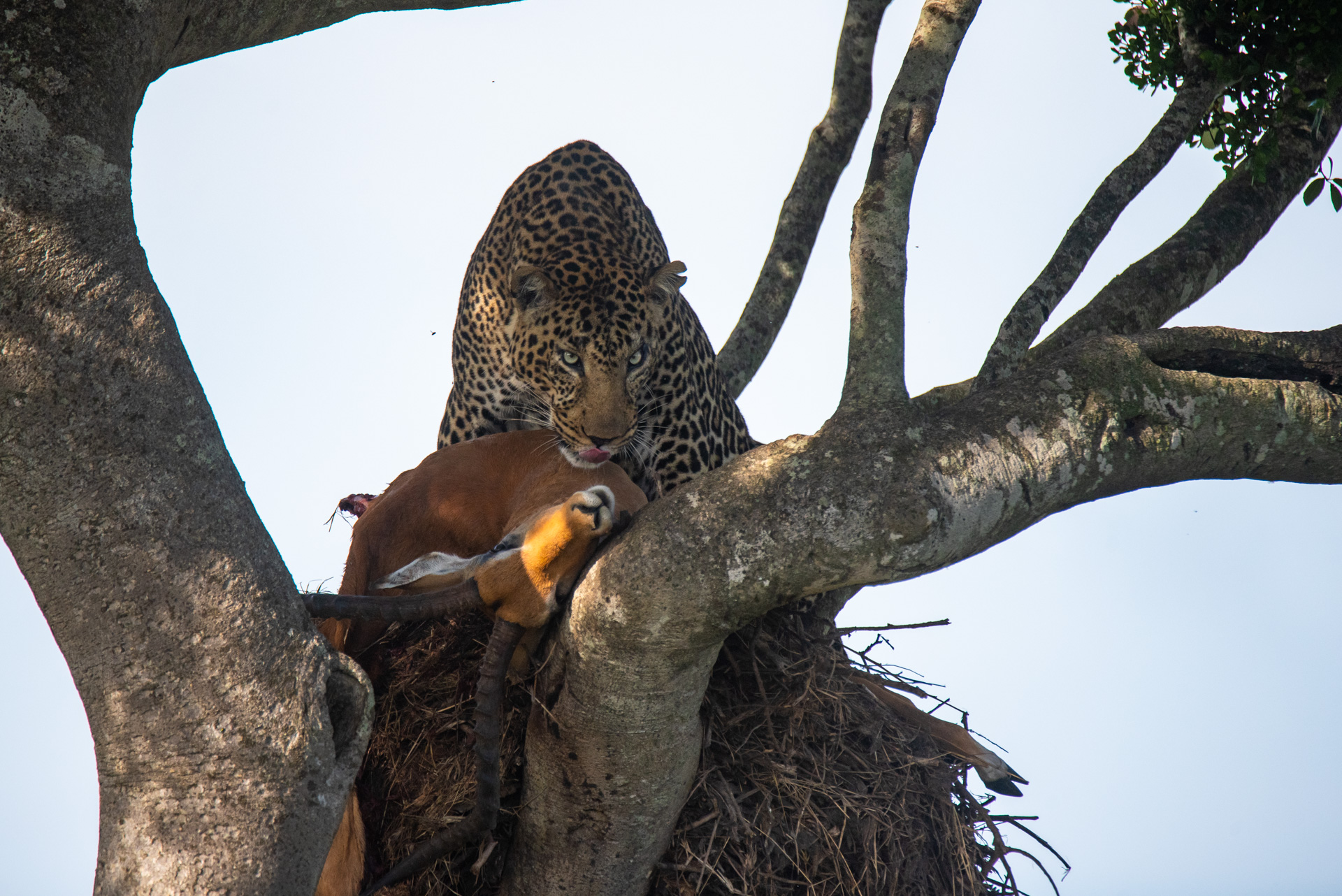
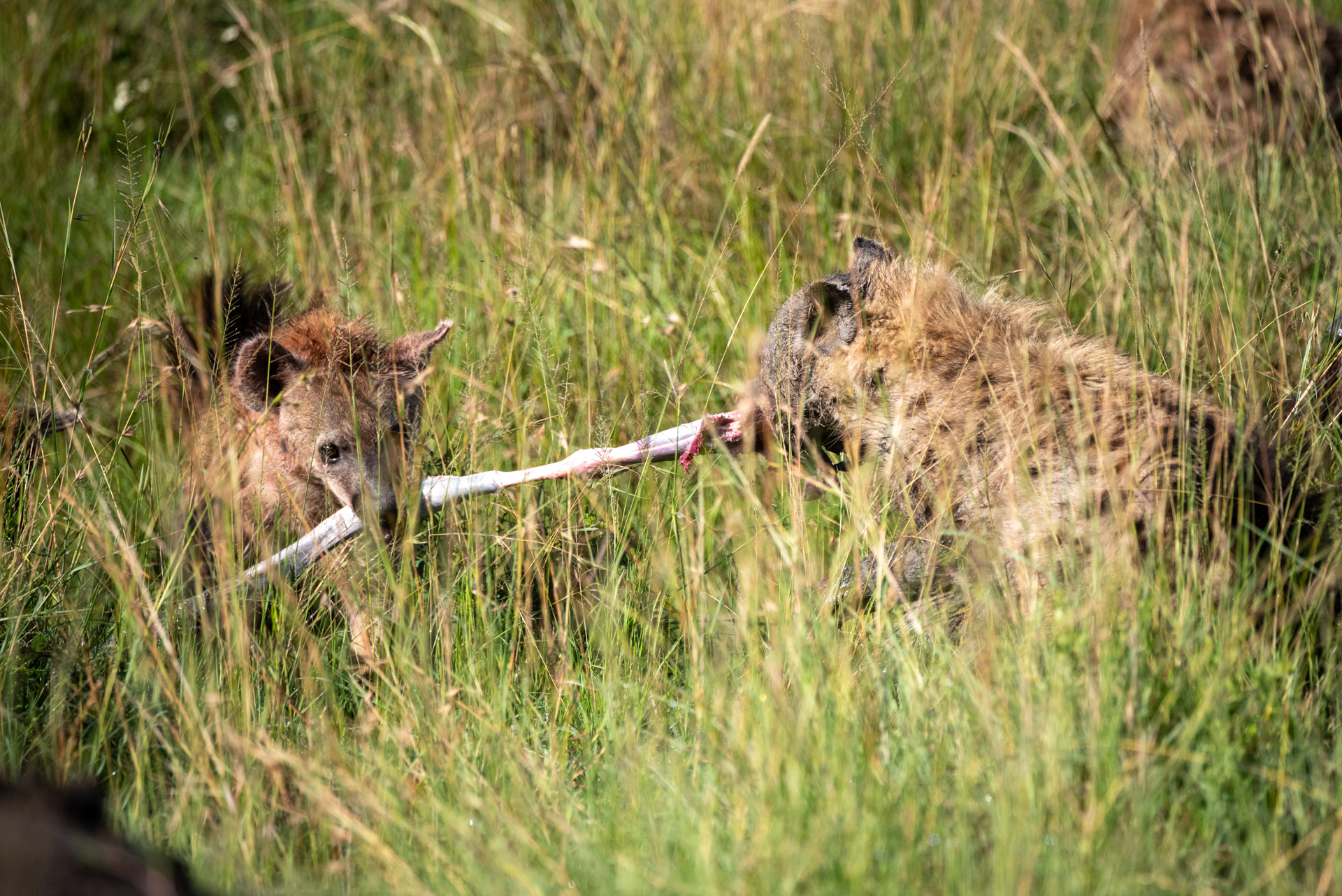
But Shujaa is not one to back down from a challenge; in fact, a day later, we heard he made a very unusual kill – pulling a baby hippo out of the water. A bold move for sure, he was able to penetrate the hippo’s thick skin to kill it, he couldn’t keep the meal for the second time this week as hyenas rushed him before he could hoist it up a tree.
Although Shujaa may have missed out on two meals in one week, we're not worried about him going hungry. He's a skilled predator and will undoubtedly make another kill when the opportunity arises. Shujaa is a hero of the Triangle, and his hunting prowess is a testament to his survival skills in the wild.
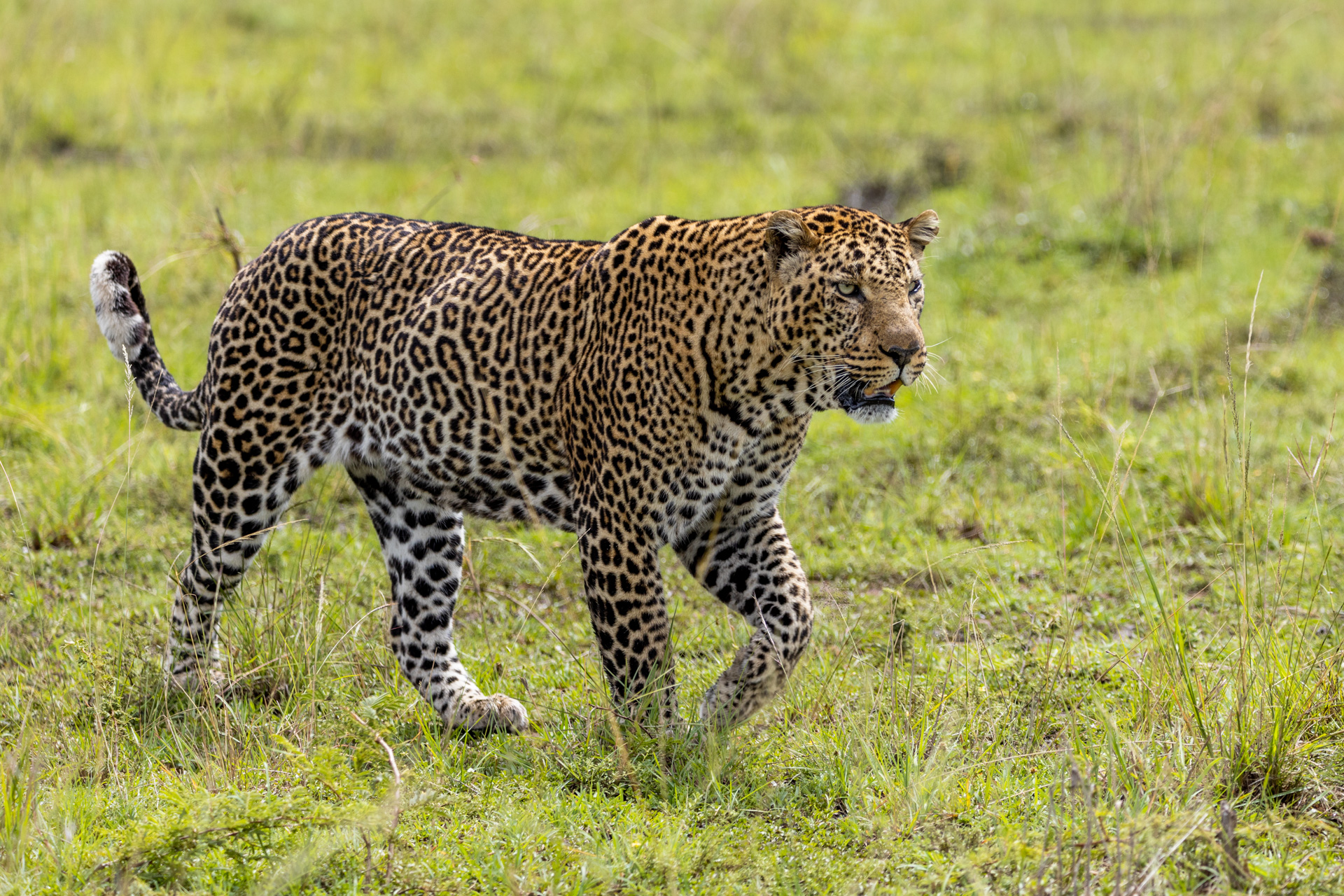
The Mara is always full of surprises. At an area known as ‘Military Drift’, towards the south of the Triangle, our guests were treated to a very dramatic scene as the two mighty Border Pride male lions were feasting on a freshly killed buffalo when a pack of over 30 hyenas decided to crash the party. The hyenas' cackles and giggles were deafening and the lions' roars heightened the drama as they tried to chase them away.
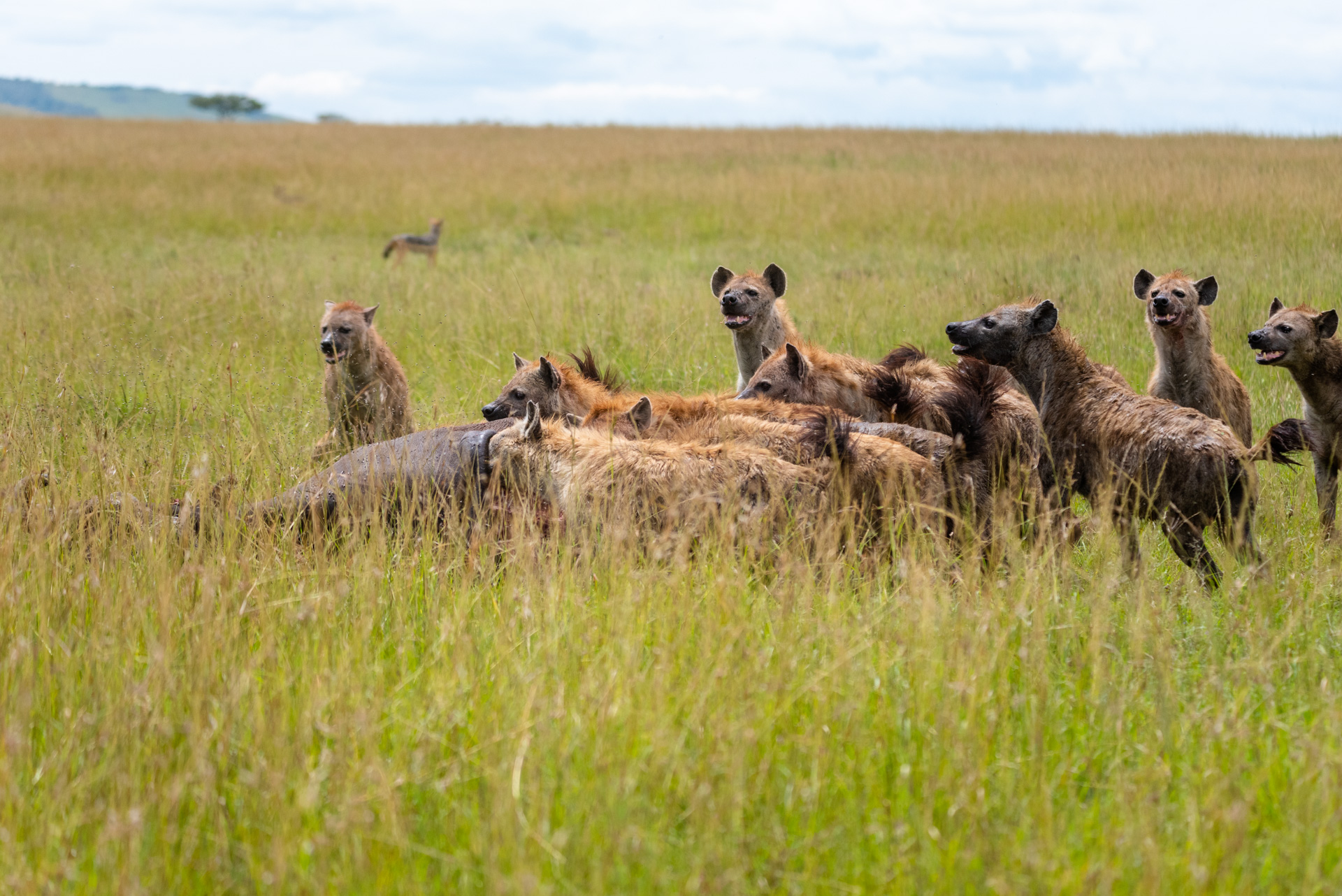
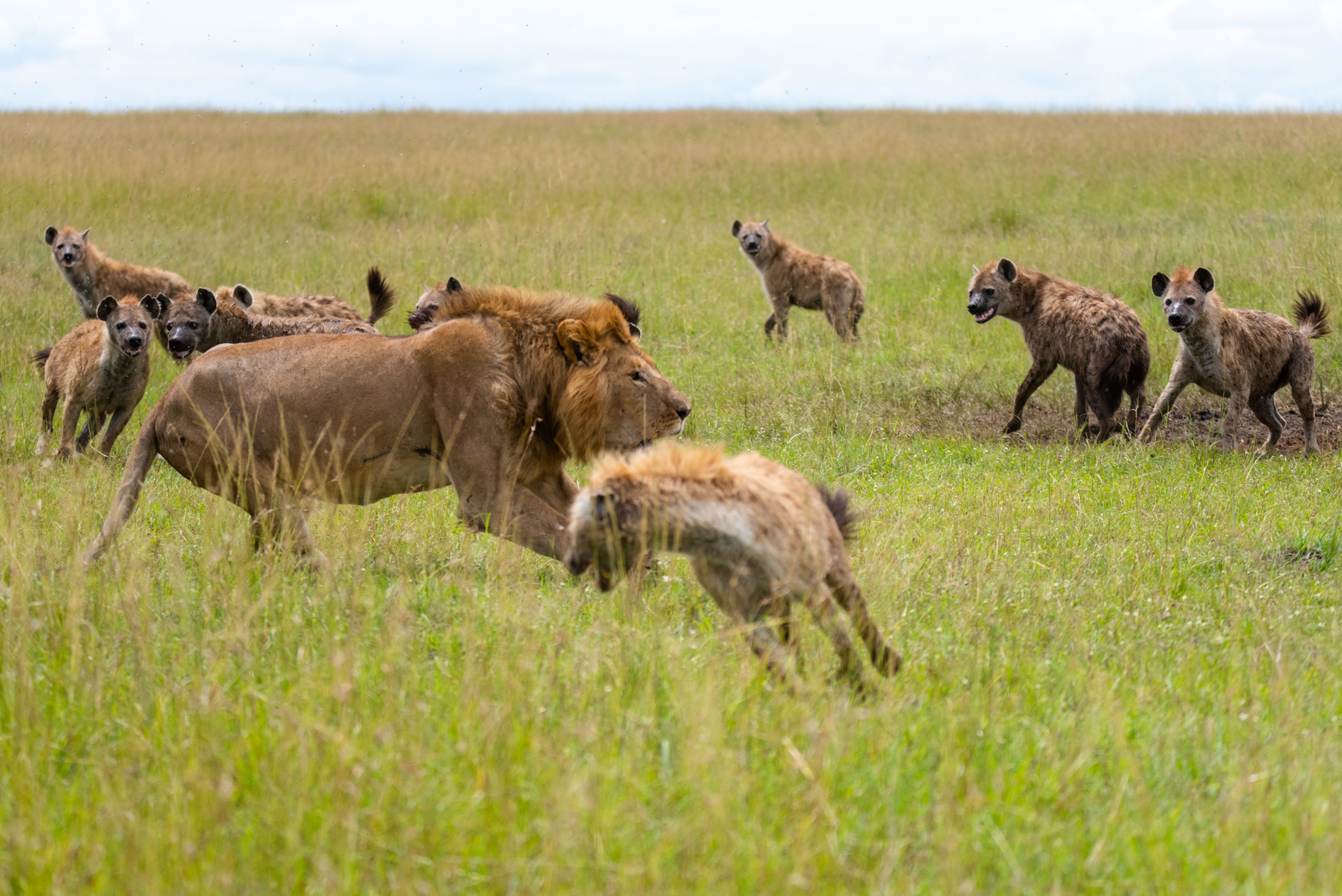
But the hyenas were not deterred. Too numerous for the lions to fight off, the hyenas eventually took over the meal. It seems like the hyenas have been having their way this week, bullying everyone in the Triangle. Although the big cats may have been on the losing end this time, they are well-known for their resilience and unwavering determination. They will no doubt win again soon.
The lion dynamics in the Triangle, especially in Bila Shaka territory, have become increasingly volatile, leading to a possible fascinating and dramatic outcome. As we previously reported, the Bila Shaka boys have returned from the Greater Reserve, but they seem to be uninterested in actively surveying their territory. Instead, they have been observed spending time with the River Pride, with Kiok mating with one of the females.
Two weeks ago, I witnessed the young Owino Pride male introducing himself to the Angama Pride lioness. Since then, he has been spotted attempting to mate with her but still has some learning to do. This week, he has returned to the Angama lioness — but bringing the two females from Owino Pride with him. This, of course, did not go down well and there was an altercation between the two Owino Pride females and the Angama lioness who was overpowered by the two intruding females and fled for cover.
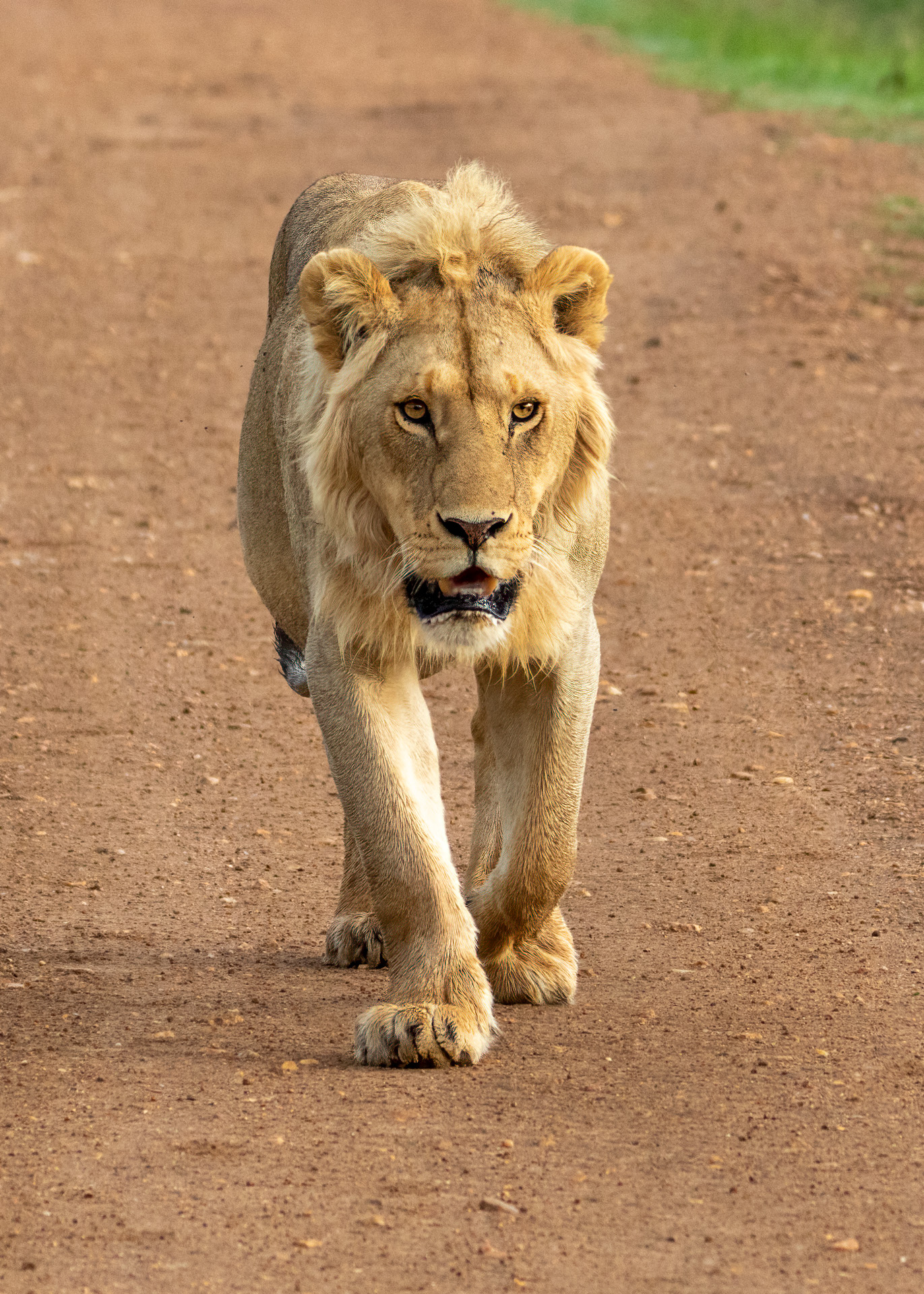
All three of lionesses are formidable hunters and fiercely independent. Members of Angama's guiding team suggest two potential scenarios for the future of Bila Shaka territory: the first is that the three females form a powerful new pride, but this would require the Angama lioness to submit to the two Owino females; alternatively, the Owino females may need to kill the Angama Pride lioness in order to take over her territory. However, there is also a chance that the Angama lioness may abandon her territory without any bloodshed. Only time will tell.
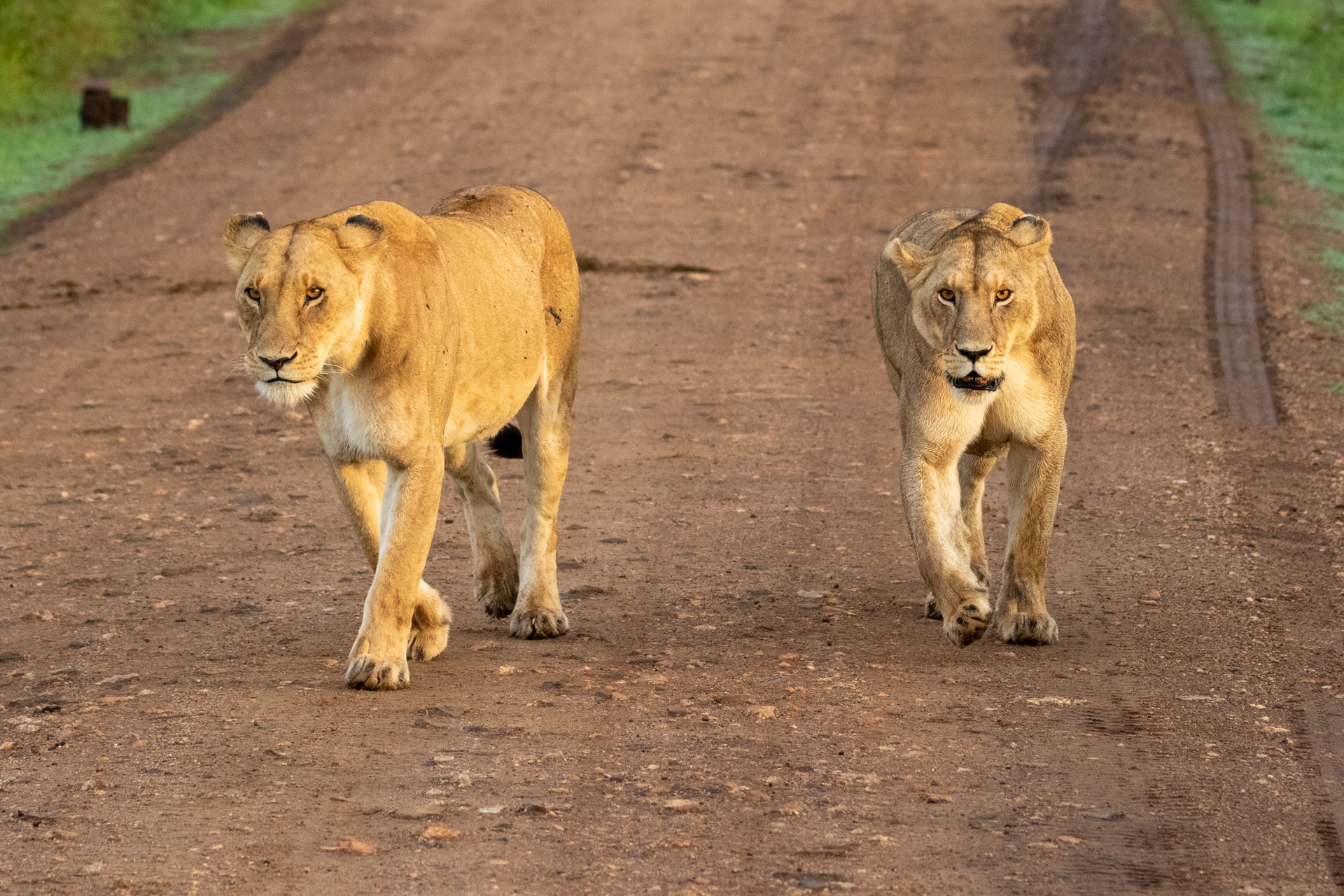
The situation continues to be complex in Bila Shaka territory as the new male whom we suspect of killing the Angama Pride lioness's cubs has been spotted spending time with the young Owino Pride male and the two females. Although it is unusual, it's not unheard of for unrelated males to form coalitions. We find this development both fascinating and perplexing, and we are eagerly observing how it will play out.
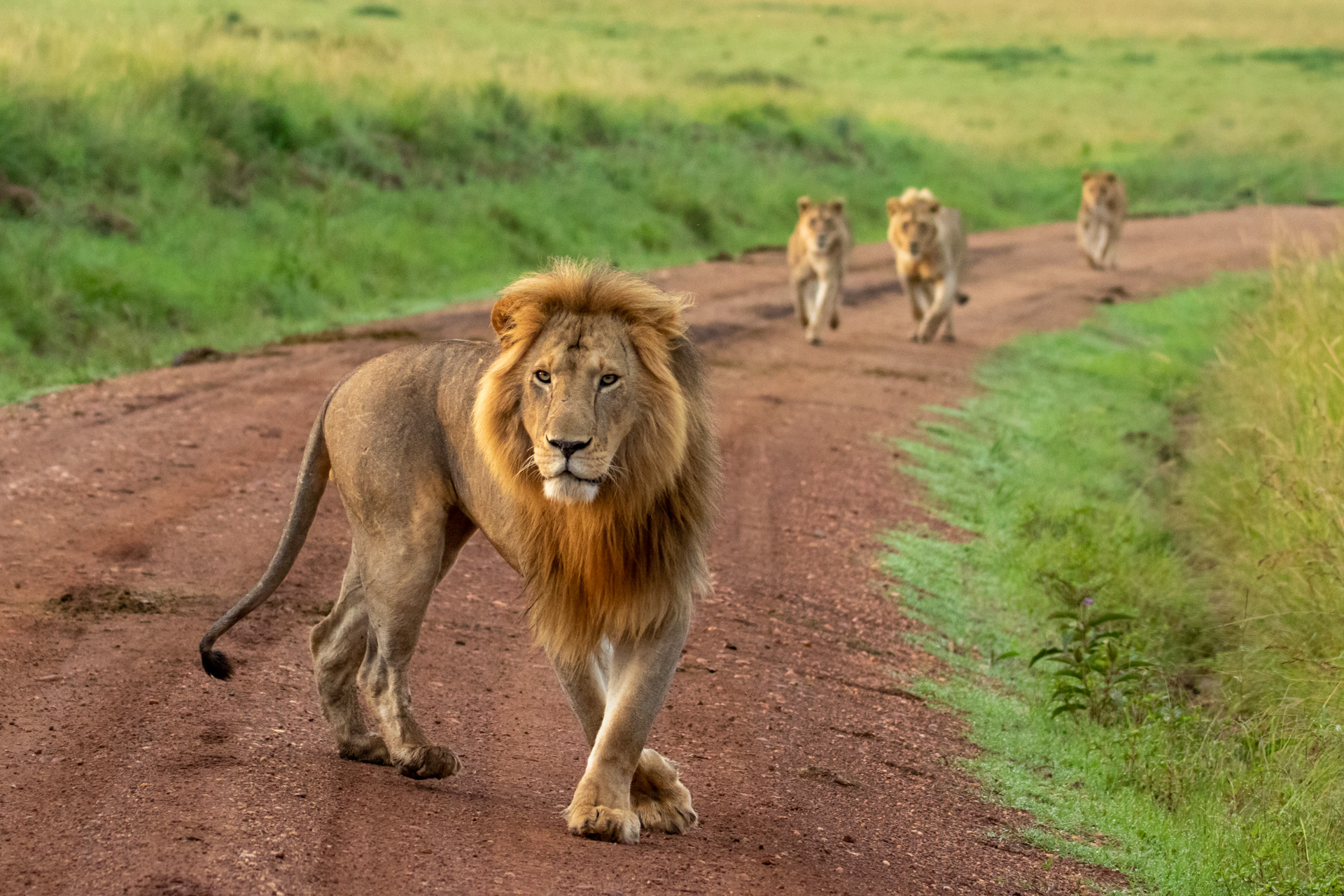
I love scanning the skies for the 'lions of the skies' — eagles. Recently, I spotted a juvenile bateleur eagle, easily recognisable by its short tail, broad wings and brown feathers with white speckles. It takes around four to five years for them to reach full maturity and develop adult plumage and markings. During this time, they primarily feed on small mammals, birds and reptiles. As they mature, they start to hunt larger prey and develop more advanced hunting skills. Juvenile bateleur eagles usually start breeding at around five to seven years of age.
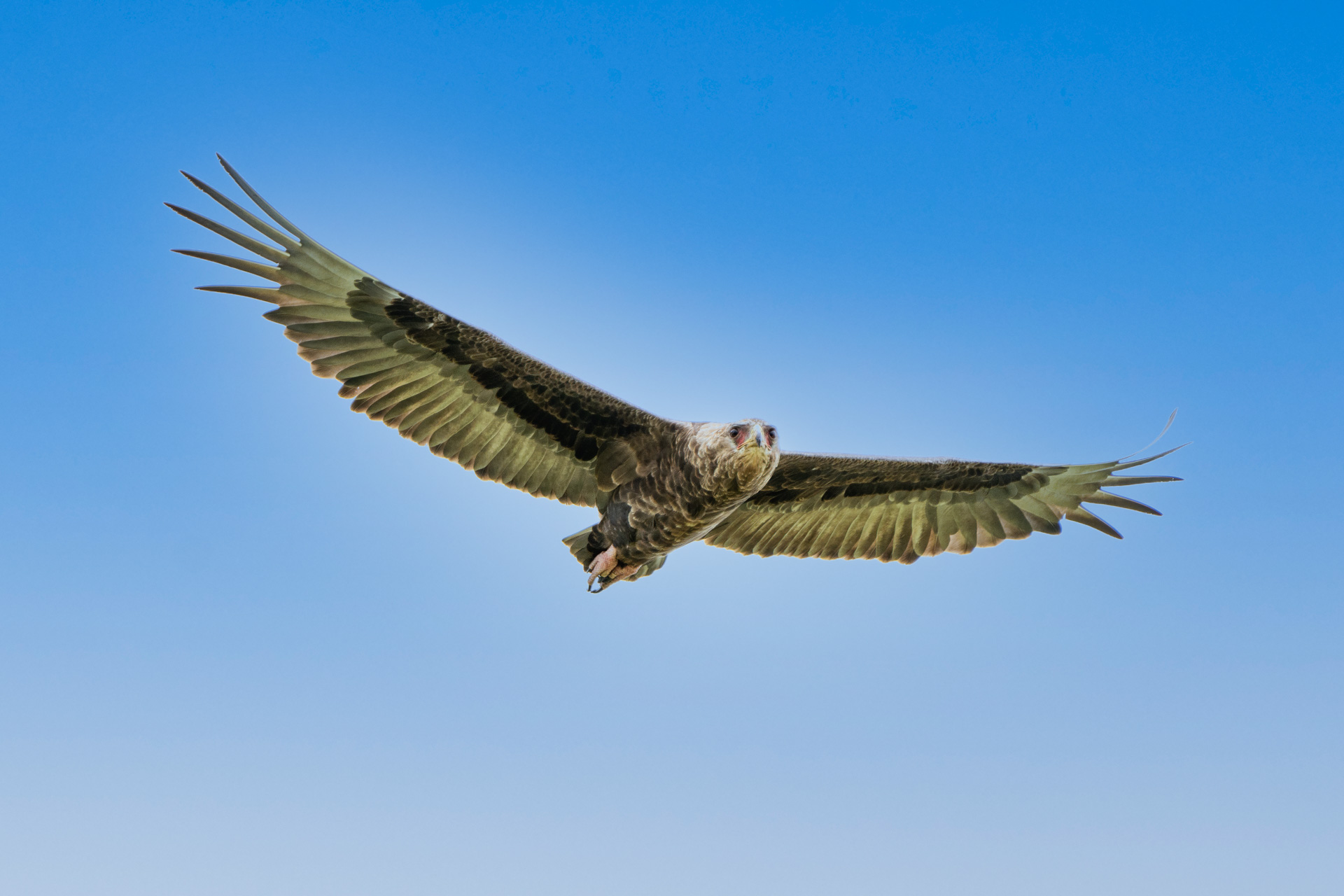
As we bid farewell to yet another intriguing week in the Triangle, we couldn't resist sharing some other special moments that were captured along the way — including a lion in the act of sharpening its claws and warthogs indulging in a heart-warming kiss. These are the kind of sightings that leave you with more questions than answers!
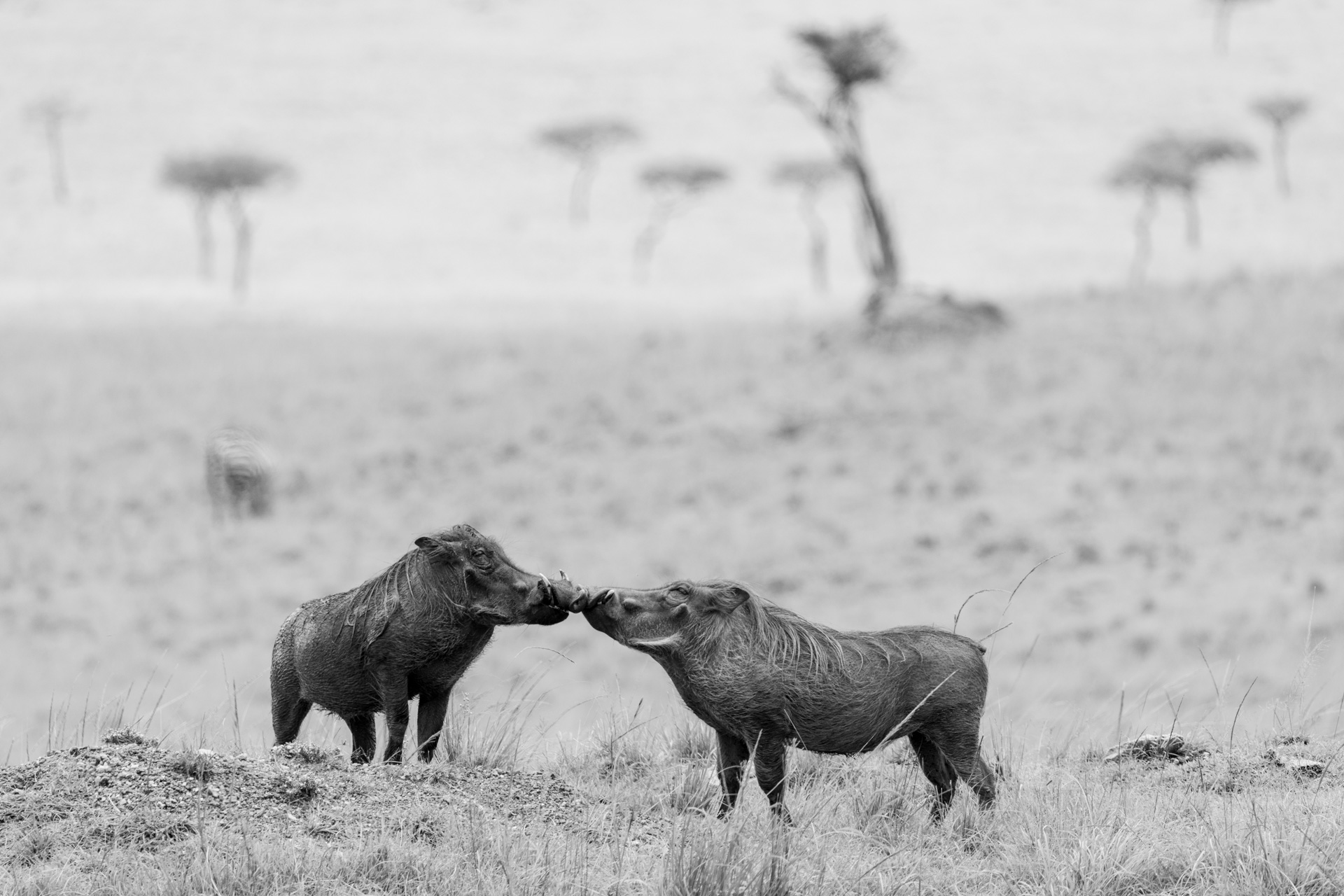
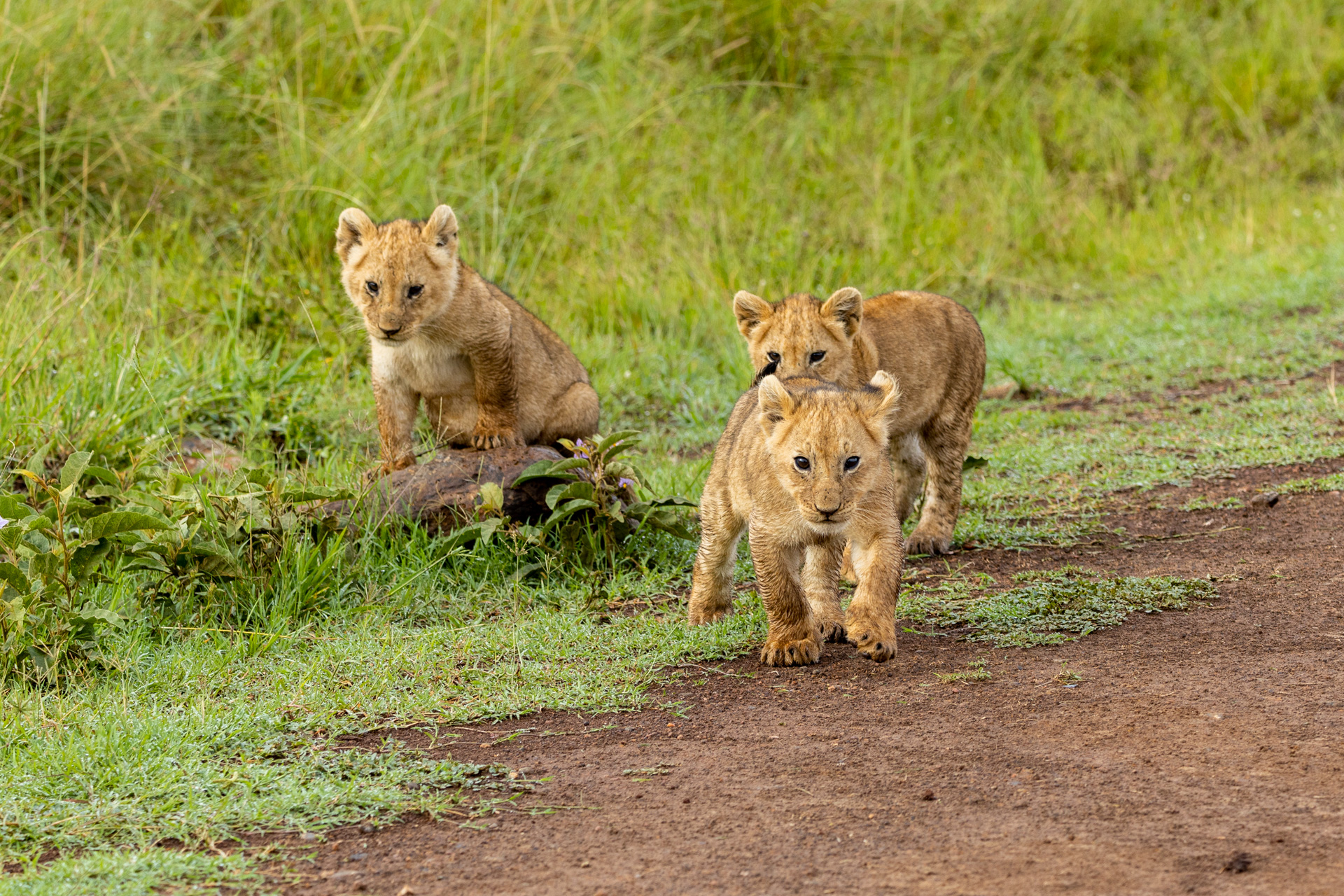
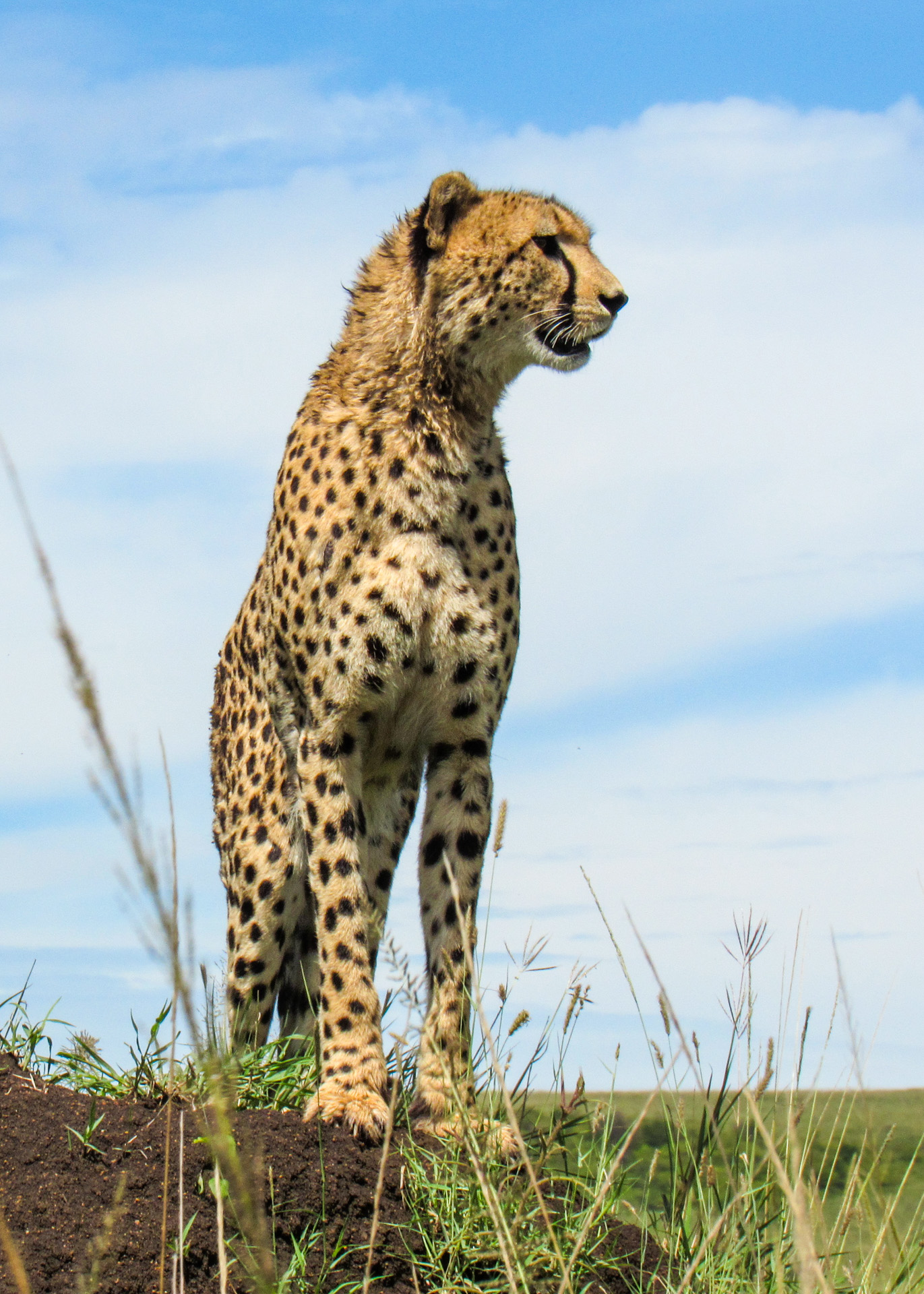
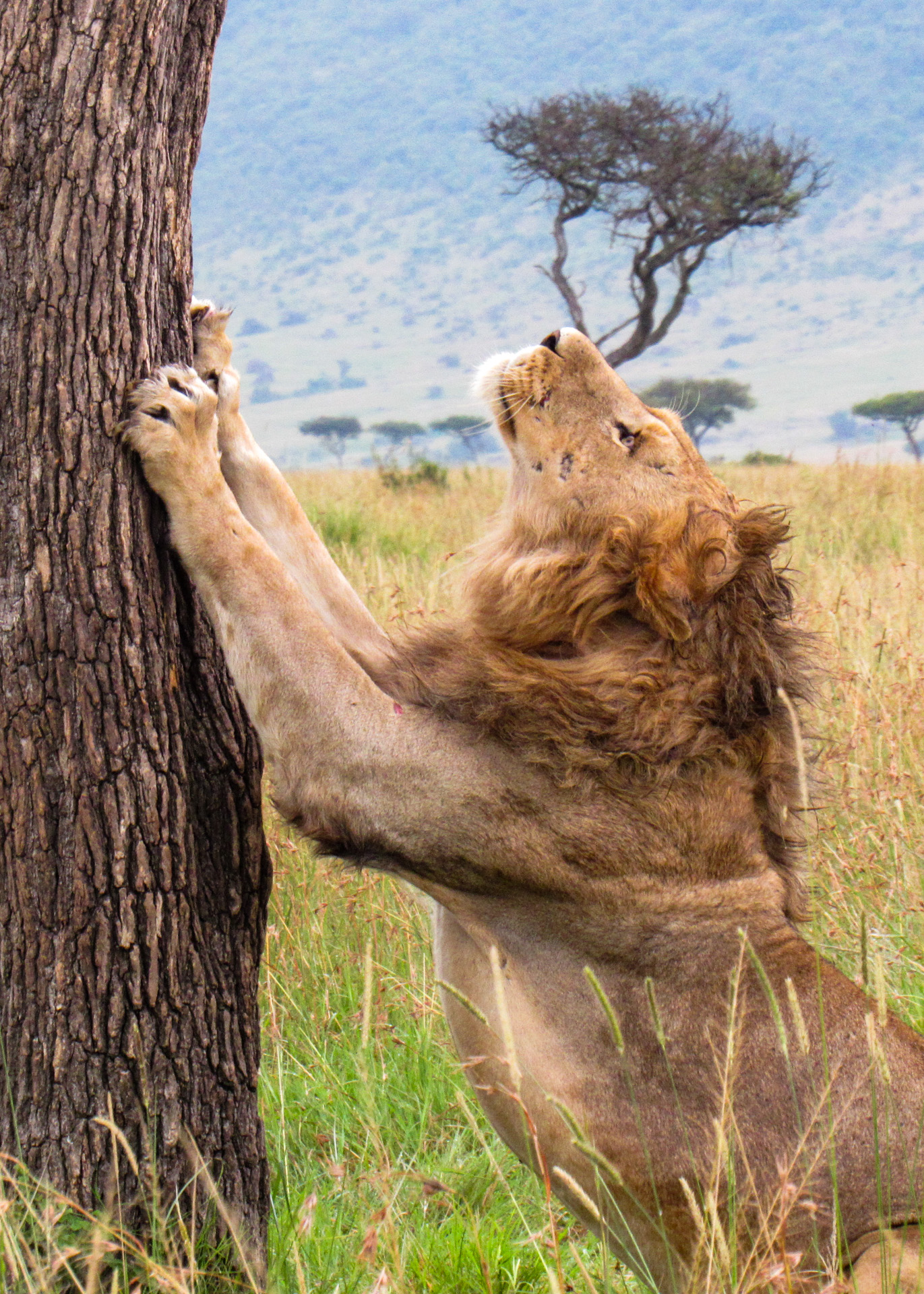
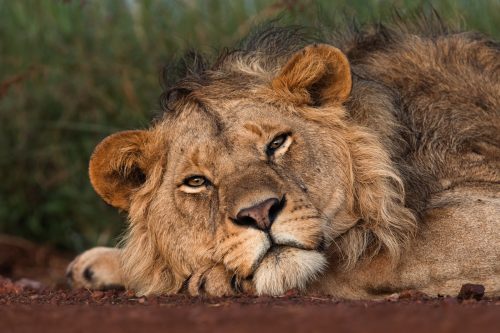
A year ago, we were with the Nyati Males who by then were only just coming of age. 12 months later and these boys have caused much excitement across the Triangle with all their antics.
Filed under: This Week at Angama
Subscribe for Weekly Stories
Comments (0):
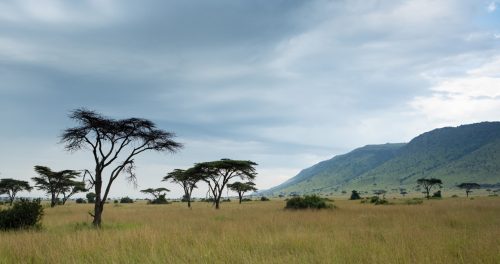
Angama Safari Camp